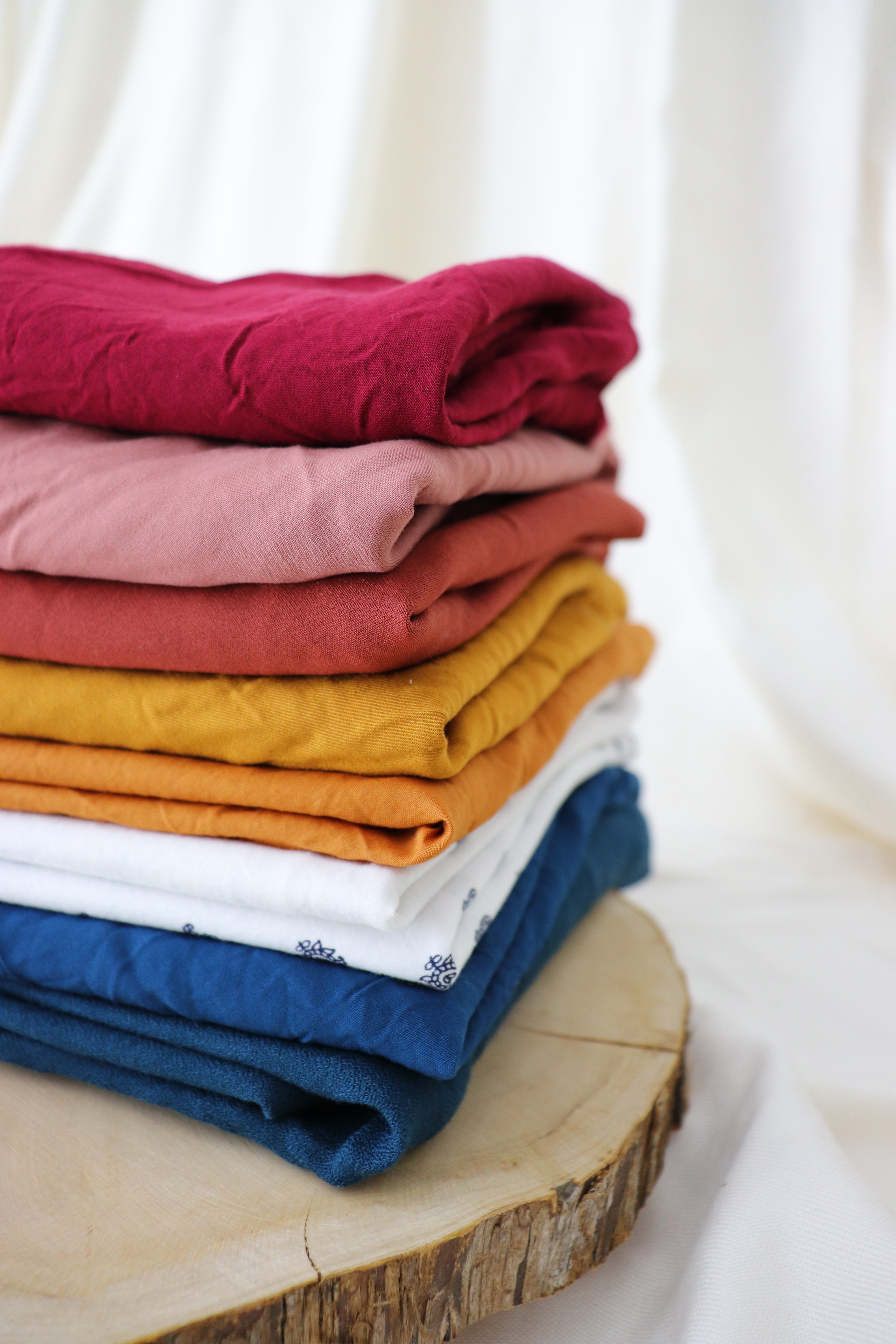
Colour Coordination: The Ultimate Guide to Matching Your Hijab with Daily and Occasion Wear

Matching colours can be a tricky task, but with a few guidelines, you can create a harmonious and stylish look every day. One important item in many women’s wardrobes is the hijab, which can be a versatile accessory to enhance your overall look. The key to matching colours with hijab is to understand colour theory and how to coordinate hues and shades.
Colour theory is the study of how colours interact with each other. Various colour wheel models show the relationships between colours, but the most common is the 12-colour wheel, which is based on the primary colours of red, yellow, and blue. By mixing these colours, we get secondary colours like green, orange, and purple. Tertiary colours are created by mixing primary and secondary colours, like yellow-green or blue-purple.
When it comes to matching colours, it’s essential to understand the concept of complementary colours. Complementary colours are colours that are opposite each other on the colour wheel. For example, green and red, blue and orange, and purple and yellow are complementary colours. These colours create a high-contrast look that can be very striking when worn together. However, it’s essential to balance the intensity of each colour so that neither one overwhelms the other.
To match the colour of your hijab with your daily and occasion clothes, you have several options:
- Match your hijab colour to your outfit: If you’re wearing a solid-colour outfit, choose a hijab in the same colour. This will create a monochromatic look that’s both sophisticated and simple. To add interest, you can select a hijab in a slightly lighter or darker shade of your outfit.
- Choose complementary colours: If you want to create a high-contrast look, choose a hijab in a complementary colour to your outfit. For example, if you’re wearing a green dress, choose a hijab in red. Or if you’re wearing a blue shirt, choose a hijab in orange.
- Mix and match patterns: If you’re wearing a patterned outfit, choose a solid-colour hijab that matches one of the patterns’ colours. This will help tie the different elements of your look together.
- Go for neutral colours: Neutral colours like black, white, grey, and beige are easy to match with anything. If you’re not sure what colour hijab to wear, choose one in a neutral colour. It will provide a neutral background that allows your outfit to take centre stage.
- Consider the occasion: When choosing your hijab, consider the experience and the level of formality. For a casual, everyday look, you can select a hijab in a fun, playful colour. For more formal events, opt for a hijab in a classic, elegant colour like black or navy.
In conclusion, matching the colour of your hijab with your daily and occasion clothes can enhance your overall look and create a harmonious, stylish appearance. By understanding colour theory and using complementary, neutral, and occasion-appropriate colours, you can easily match your hijab with your outfit and create a beautiful and cohesive look.